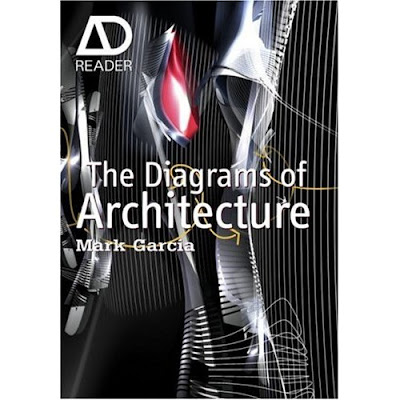Like a death mask, Andy Lock's images of Orchard Park persist as impressions of something now gone. Before the building was demolished Lock photographed the abandoned apartments, the images gaining a metaphysical haunting with his alchemical photo processing. Taking the images as slides, Lock projected them onto a wall painted with glow-in-the-dark paint, and then photographed the after-glow, the after-image that appeared on the wall.
Like an apparition summoned to a séance the photographs appear unearthly. The green of the glow in the dark paint is at once nostalgic and toxic. The phosphorescence is is reminiscent of a Christmas decoration I have which is generations old, and glows in the dark. This magical quality always seemed very sinister, as, so family mythology had it, the glowing surface was radioactive.

Andy Lock, 2003-04, Orchard Park series (Vinyl Armchairs)
If photography is, as Oliver Wendell Holmes wrote in the 1850s, "the mirror with a memory", then perhaps it is a mere skip from the specular to the spectral, of haunted reflections, the after-images of the after-life ....







